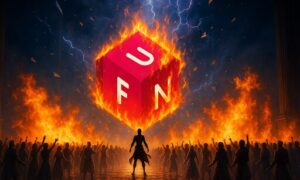The term “trading” is used to describe the buying and selling activities of financial institutions and entities. A trader is an individual, institution, company, or entity in the financial field that purchases and sells financial instruments, including equities, derivatives, mortgages, bonds, securities, commodities, mutual funds, and other financial instruments in the scope of broker, investor, intermediary, or speculator. In modern usage, trading is often used to refer to the activity of creating and maintaining a publicly traded portfolio of securities. There are many kinds of trading, but in this article, we will share some of the trading basics for beginners and the four most common types of trading as listed below:
The most popular and common form of trading is day-to-day stock trading. This involves trading shares of a company in the open market. Most traders buy and sell shares for a particular price each day. Traders may buy shares of a company that they believe will rise in value over a period of time and then sell them for a profit once the value has increased. Popular types of shares include: common stock, preferred stock dividends, debt securities, mortgage-backed securities, option stocks (over-the-counter securities that trade on futures exchanges), and mortgage-backed securities.
Another common type of trading involves options trading on futures exchanges. A variety of financial markets exist that provide opportunities for traders to buy and sell shares of stock through exchange routes that give them access to global stock markets. Some of the most popular global stock exchanges are the New York Stock Exchange (NYSE) and the NASDAQ. Popular types of options include puts and calls.
The matching buyers and sellers concept of stock market trading was first introduced by Charles Schwab in his book, What Every Trader Must Know. It applies to any market activity, including stock markets. Matching buyers and sellers is an important part of price action because it provides information about how the market participants determine which shares to buy or sell. Basically, it’s the process of finding buyers who are willing to buy a given share at a certain price and matching them with sellers who are willing to sell a given share at a certain price. If you’re matched up properly, you’ll both sell your shares for a profit. Matching buyers and sellers can be very complicated and it can take a lot of practice to perfect this concept.
One aspect of trading that some people don’t understand is voting rights. A shareholder is not really a shareholder, per se, unless he has a majority vote or a majority share of a company. In the United States, however, voting rights come only with a corporation. Other common shares in most countries do have voting rights.
You may have heard the term ‘futures trading’ or ‘barter buying’. These are terms that usually refer to stock exchanges but can actually be used in a variety of ways. For example, you may have heard of a ‘broker dealer’ or a ‘financial futures broker’. A financial futures broker is someone who works on the stock exchange. He is usually independent from the companies that he promotes and represents and does not work for the companies. A broker dealer, on the other hand, represents a company and is available to trade the shares of that company for you.



































